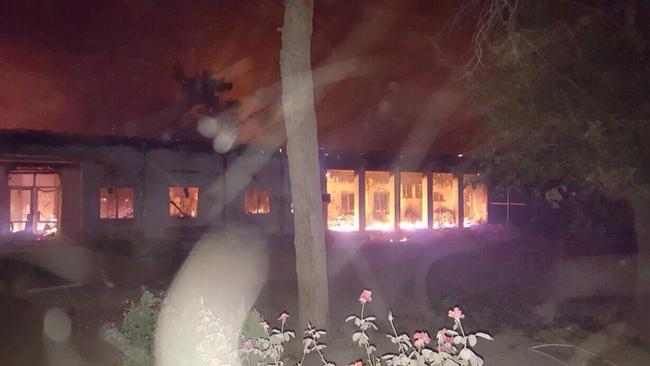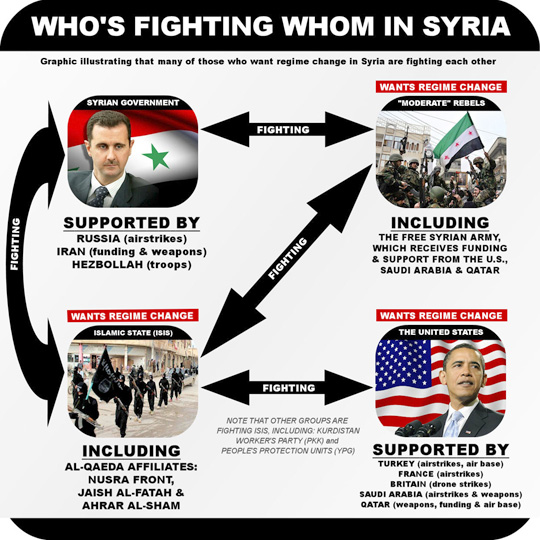Formally linking the border control operation along the US-Mexican border with the global US war on terror is a long-standing goal of a lot of hawks, and it doesn’t take much of a comment out of an official for people to start trying to make connections.
Today’s effort comes from the Washington Times, where comments from a Texas Department of Public Safety official about the need to debrief Urdu speakers in relation to border security matters. Urdu is the national language of Pakistan, and is also spoken in parts of India.
Which immediately became “Islamic State terrorists” trying to infiltrate through Mexico, even though ISIS has never been reported to have much of a presence in Pakistan or India, and the fact that someone speaks Urdu is far from indicative of an ISIS connection.
Still, that doesn’t stop hype about America being open to “jihadist attack” from Mexico, and the Department of Public Safety is cited, way at the end of the article, conceding that there is “no credible evidence” of anyone from ISIS coming into Texas from Mexico. That, however, wouldn’t have been nearly as exciting of a headline.





